Mullet MadJack (Xbox Series X/S) Review
By Coller Entragian  28.03.2025
28.03.2025
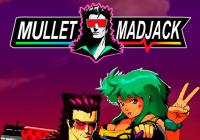
Mullet MadJack unfolds in a dystopian setting characteristic of the cyberpunk genre, where human life holds minimal value and individuals are subjugated by an omnipresent algorithm. The narrative draws inspiration from the aesthetic of 80s-era anime while presenting a distinctly contemporary premise centred on livestreams, where social media engagement serves as the currency of survival. It's a rogue-lite FPS mad dash to the finish, and at the end is a fresh pair of sneakers and a hottie princess.
Mullet MadJack's hero operates under the relentless demands of an audience with a mere ten-second attention span; failure to maintain their interest results in death. Tasked with rescuing a kidnapped influencer from a robotic billionaire — a malevolent technocrat distinguished by a bullet-shaped head — the hero navigates a perilous ascent through a tower of procedurally generated floors, employing lethal force to achieve his objective.
Jack embodies the archetype of a stoic, gaming-obsessed antihero. A taciturn figure fuelled by energy drinks, he sports sunglasses after dark, dons stylish jackets, and exudes a detached charisma reminiscent of cinematic loners; a blend of retro anime influences and modern swagger.
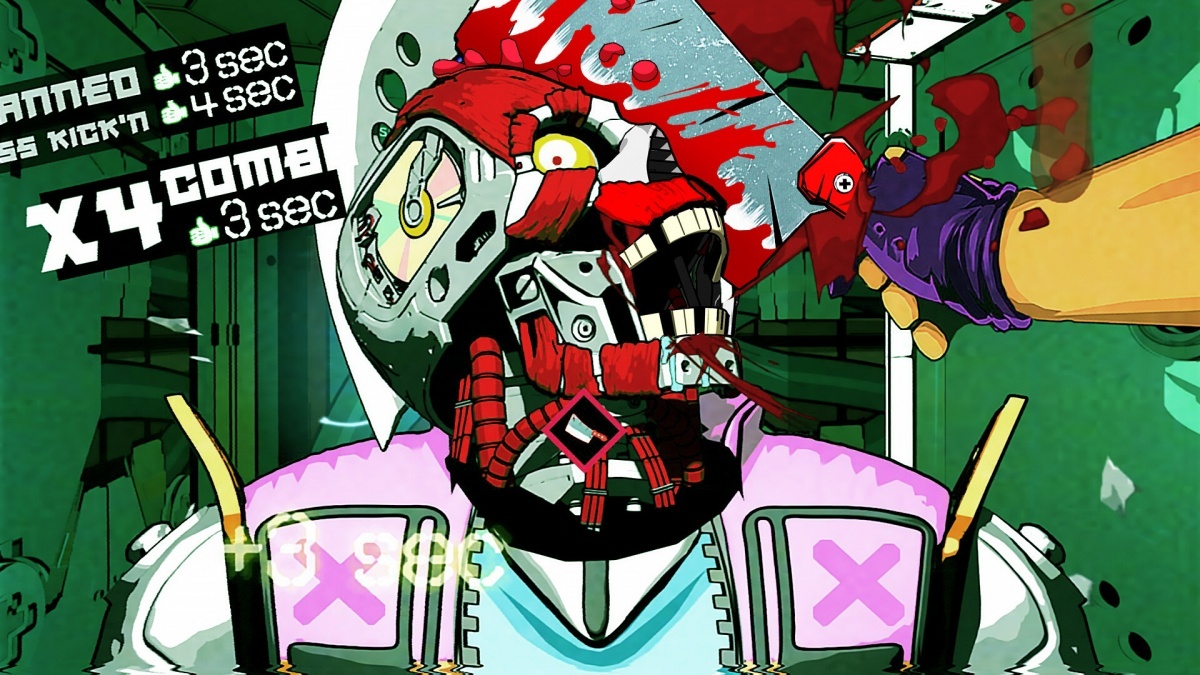
The ascent to the summit is a gauntlet of relentless fatalities. Throughout the journey, an insufferably smug anime girl serves as a persistent antagonist, taunting the player to persevere while offering upgrades upon reaching each subsequent floor. Going for another run after defeat and enduring her cruel mocking is motivation enough to persist. Death resets the chapter to its beginning, wiping all progress, though the rapid pace of the gameplay renders this setback nearly imperceptible.
The central mechanic revolves around high-speed sprints toward exits within linear stages, each teeming with lethal cyborgs and drones intent on eliminating the protagonist. Most enemies succumb to a few well-placed shots to the groin, though certain adversaries, such as shielded guards, demand additional tactics. Regardless, combat encounters are designed to conclude in mere fractions of a second, emphasising the game's unrelenting and pounding tempo.
Jack's vulnerability mirrors that of the fragile paper droids he dismantles with precision, necessitating constant movement to avoid running out of time — where time equates to survival. Each kill extends the clock, and chaining together a relentless sequence of brutal eliminations yields additional seconds. Diversifying combat with environmental kills, such as dash-kicking enemies into hazards, amplifies the score. The game's core mechanics deliver a crisp, fluid experience, deliberately crafted to evoke a retro aesthetic.
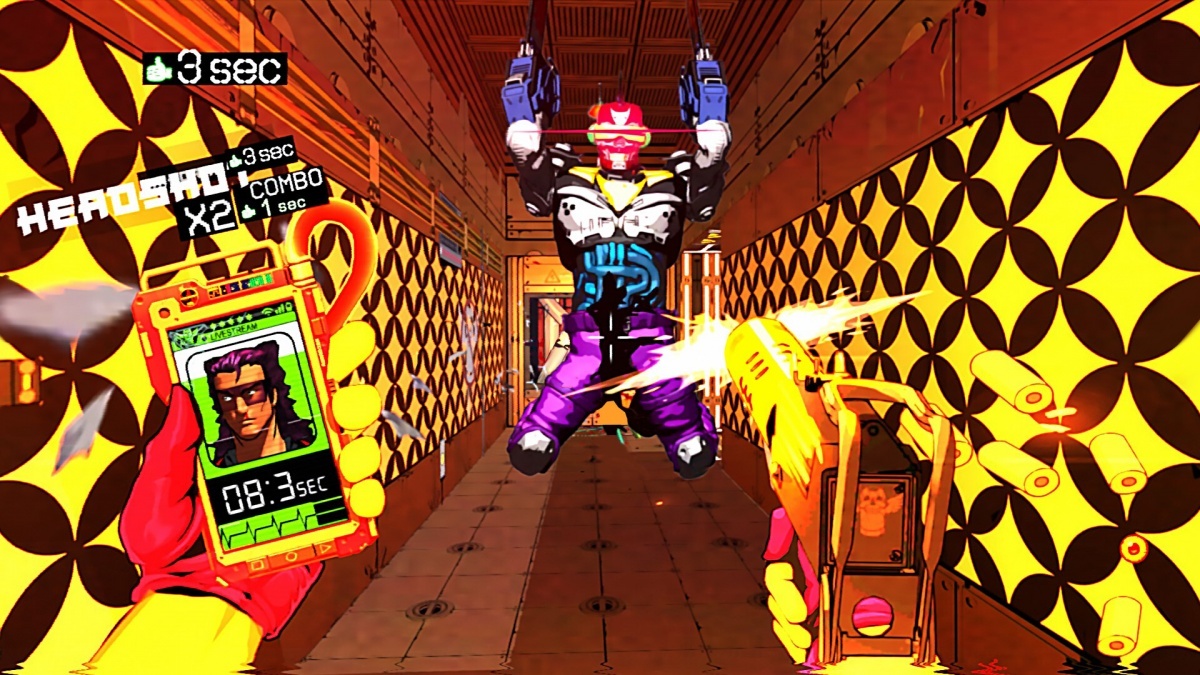
Sprites are oversized, yet intricately designed, blending hand-drawn anime influences with prerendered CG elements, set within a low-poly environment. Upon reaching a stage's exit, players can select one perk from a trio of randomised options. Early perks are straightforward, ranging from alternative weapons and expanded ammo capacity to penetration enhancements or time bonuses for critical hits.
As Jack progresses upward through the tower, the perk pool expands, allowing upgrades and stacking effects. Even after restarting from the ground floor, the broadened array of options facilitates smoother progression with an enriched arsenal. The visceral feedback from combat is notably gratifying. Kicking an enemy into a ventilation fan, for instance, carries a palpable weight and crunch, culminating in a gory, pulpy explosion. Sound design significantly enhances the sense of movement and impact, reinforcing Jack's lethal presence and purposeful momentum.
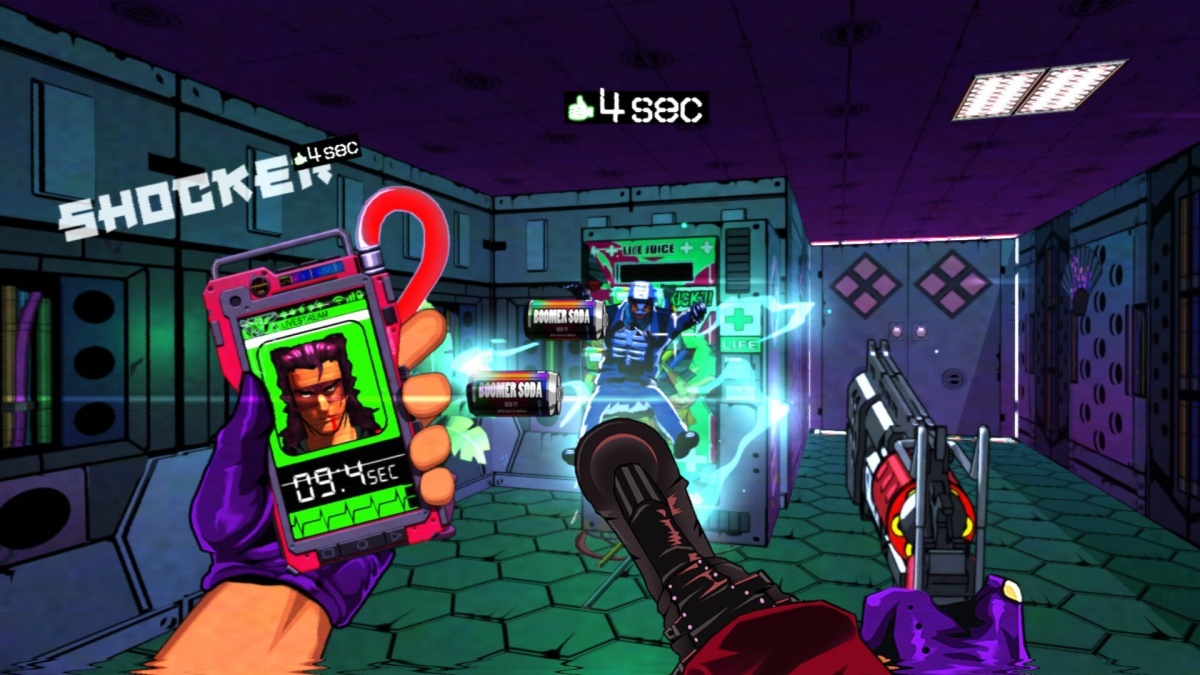
The boss battles in Mullet MadJack shift the gameplay from a high-speed, time-constrained sprint to a more traditional first-person action format. Unlike the main stages, where maintaining momentum is critical, these encounters eliminate the need for constant adrenaline management. The battles vary in style, encompassing scenarios such as sniper duels, vehicular combat, or direct, unembellished confrontations with a formidable opponent of comparable skill. These engagements diversify the relentless escalation of the core game, providing fitting culminations to each chapter.
Mullet MadJack delivers an intense, adrenaline-fuelled experience characterised by visceral aggression and a compelling drive to persist. Frequent deaths are a staple, yet each setback fuels a sharp determination to improve.
Initially, the combination of rapid gameplay and striking visuals presents a steep sensory load, potentially overwhelming due to the sheer volume of information and pace. The more gamers engage with Mullet MadJack, the more they can expect to acclimate to its intensity.
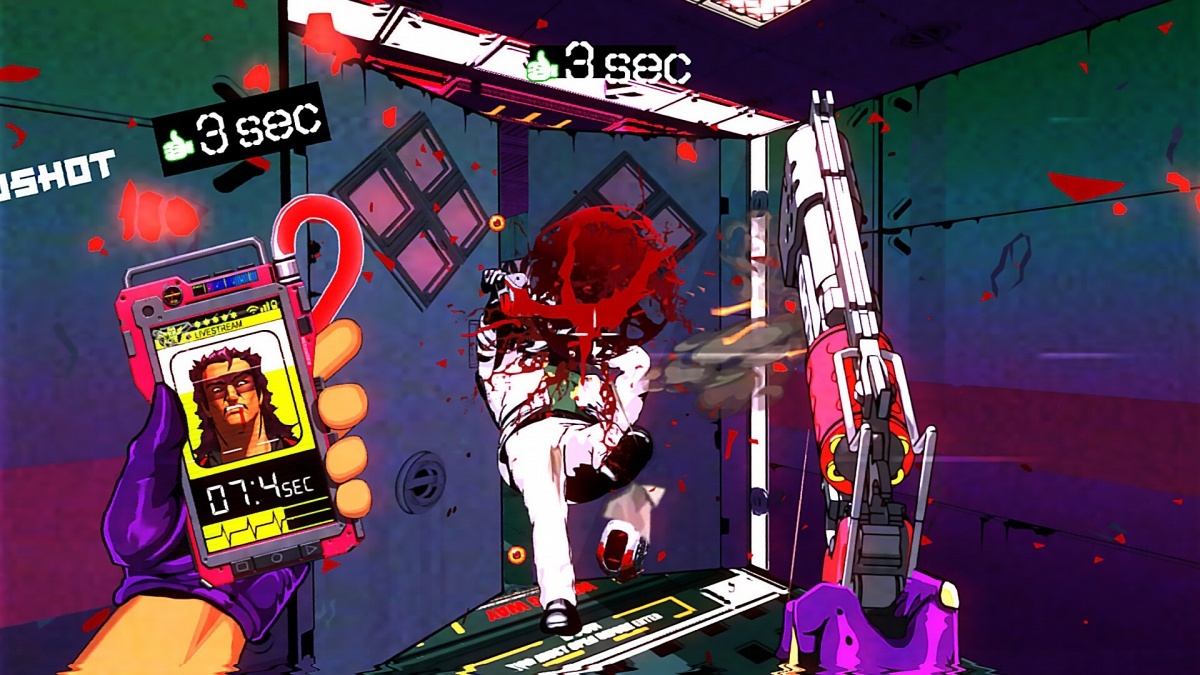
Cubed3 Rating
Masterpiece - Platinum Award

Mullet MadJack emerges as a striking and intense experience, rooted in the legacy of cyberpunk anime's creative and artistic zenith. Its narrative subtly critiques the perils of artificial intelligence, transhumanism, and the multifaceted nature of addiction, seamlessly integrating these themes into the gameplay. Far from a simplistic excuse for destruction, the premise carries substance, delivering its commentary with a sharp, knowing edge. Compounded by its wry wit, it's one of the most original, gripping, and addictive first-person shooters of all time.

![]() 10/10
10/10
![]() 0
(0 Votes)
0
(0 Votes)
 Out now
Out now  Out now
Out now  None
None  Out now
Out now Comments
Comments are currently disabled

 Sign In
Sign In Game Details
Game Details Subscribe to this topic
Subscribe to this topic Features
Features





 Top
Top

